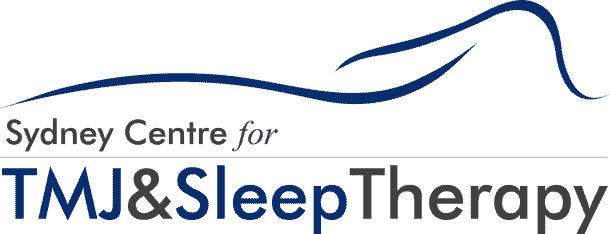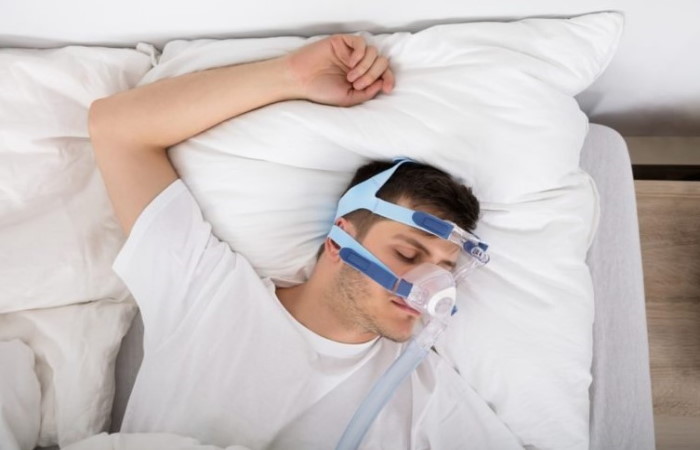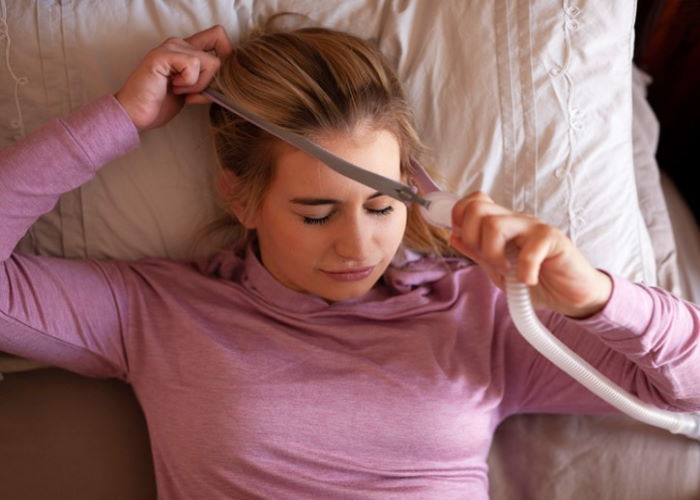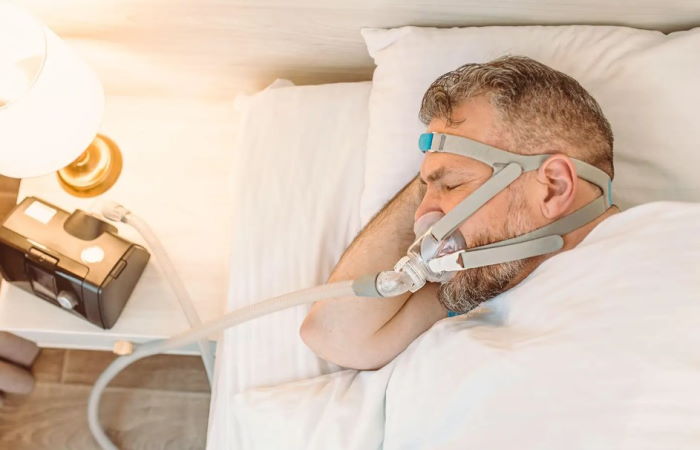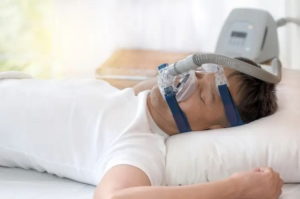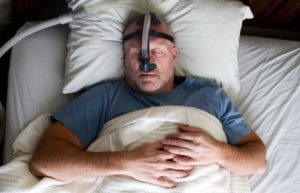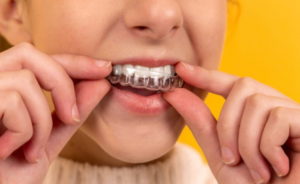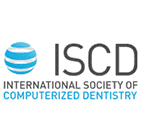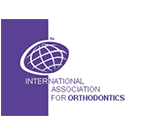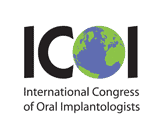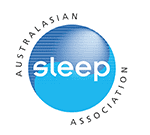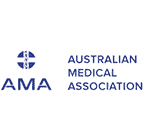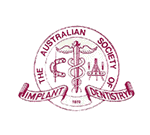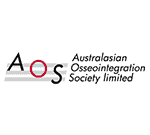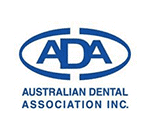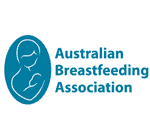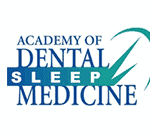Positive airway pressure is the most common technique for treating sleep apnea, affecting up to 30% of the population. Finding the proper treatment is crucial to ensure you can facilitate normal breathing during sleep. Two of the most common treatment methods for sleep apnea patients are BiPAP vs CPAP. These two methods have their benefits and drawbacks.
So, how do you choose the proper treatment for sleep apnea? Find out the information you should have to make the right decision and get better sleep at night.
What is BiPAP?
Bilevel positive airway pressure (BiPAP) machine sends pressurized air into the airway to keep it open. This machine is recommended for sleep apnea patients to avoid any airway obstruction and limit snoring and other related symptoms.
Unlike CPAP, BiPAP machines pump air at two varying pressure levels. The pressure of the air for breathing in (inspiratory positive airway pressure) is typically higher than the pressure of the air for breathing out (expiratory positive airway pressure). The machine is calibrated to ensure the correct air pressure setting is applied to ensure the success of the BiPAP treatment and resolve this breathing disorder.
The air is pumped through a hose that is attached to the device. The other half of the hose is attached to the mask. The patient must wear this mask over the nose and mouth to deliver pressurized air into the lungs.
A patient will undergo a sleep study to determine the ideal air pressure setting on the BiPAP machine. The sleep technician will evaluate the patient’s breathing, brain activity, and oxygen levels during sleep to determine the correct BiPAP pressure levels. Meanwhile, modern machines have a built-in sensor that automatically adjusts the air pressure based on the above factors to achieve optimum air pressure levels. Doctors often recommend a follow-up sleep study to ensure that the recommended air pressure levels work.
Benefits of BiPAP Treatment
Using PAP therapy is proven to be the most effective in treating breathing disorders related to sleep apnea. How effective is BiPAP? Here are some of the benefits and reasons why sleep doctors recommend this form of treatment:
- The lower air pressure during exhalation is more comfortable than a CPAP machine.
- It is ideal for patients requiring a higher air pressure level to relieve symptoms of sleep apnea.
- The timed CPAP machine is recommended for patients with conditions that cause irregular breathing. The process of regulating breathing patterns can produce better sleep quality.
BiPAP therapy is recommended for patients whose initial CPAP therapy proved to be ineffective. It is also suitable for patients that require higher-pressure air to prevent breathing disruptions.
What is CPAP?
A continuous positive airway pressure (CPAP) device delivers pressurized air into the patient’s airways, like BiPAP. The introduction of pressure ensures the airways stay open to prevent snoring and breathing disruptions during sleep. CPAP machines deliver pressurized air at the same pressure setting instead of varying pressure levels in BiPAP.
The use of one pressurized setting has its downsides. Some patients might feel like they are choking or unable to exhale correctly. This difficulty in inhalation and exhalation is the reason for BiPAP machines being developed. However, some patients have no problem using CPAP machines and can adjust relatively quickly.
CPA machines are available in various sizes. The most common size for use at home is no bigger than a shoe box. There are also more compact versions for travel that are small enough to fit in your hand. Compact sizes typically run on batteries that you can recharge.
BiPAP vs CPAP for Sleep Apnea
What makes BiPAP different from CPAP? And which is the right treatment option for you?
Remember that only your sleep doctor can recommend the proper treatment based on their assessment of your symptoms. Meanwhile, here are the differences between BiPAP and CPAP for your guidance.
- BiPAP machines offer more than one pressure setting.
The main difference between these two types of machines is in the level of pressurized air sent to the airways during sleep. CPAP machines use one air pressure level, whereas BiPAP machines use two different air pressure levels (for inhalation and exhalation).
The high air pressure during inhalation keeps the airways open and prevents them from closing during sleep. The lower pressure during exhalation helps to maintain the open airway. The difference in air pressure is more comfortable to use than CPAP machines, according to some patients. However, some patients find no issue with the single pressure of CPAP machines.
The different air pressure settings of BiPAP machines make them suitable for patients who require breathing assistance, such as those diagnosed with congestive heart failure. This machine can facilitate breathing for anyone who has heart or lung issues.
- BiPAP is more comfortable than CPAP.
BiPAP machines are considered the best alternative to CPAP machines among patients who find a lot of discomfort in using the latter. The constant flow of single-pressure air makes breathing difficult for some, especially when exhaling. You have no room for adjustments since the device only allows a single air pressure setting.
Patients report breathing easier with a BiPAP vs. CPAP machine due to the air pressure differences. However, it can be a matter of personal preference.
- BiPAP and CPAP machines address different symptoms and sleep issues.
Sleep doctors evaluate a patient’s underlying conditions before recommending either BiPAP or CPAP therapy. Patients with muscle and nerve problems will benefit from using a BiPAP machine. It is also a recommended treatment if CPAP fails to address the symptoms of sleep-disordered breathing.
CPAP is the best treatment for patients with mild to moderate sleep apnea. Doctors might recommend switching to a BiPAP machine, depending on the severity of the symptoms. If a patient requires a higher pressure level on the PAP therapy, BiPAP might be a better (and more comfortable) option.
The Bottom Line
The decision on whether to choose the BiPAP or CPAP machine depends on your needs. Every individual also reacts to the treatment differently. A sleep doctor must closely monitor your symptoms for any signs of improvement with each treatment approach and to determine if there are any improvements.
